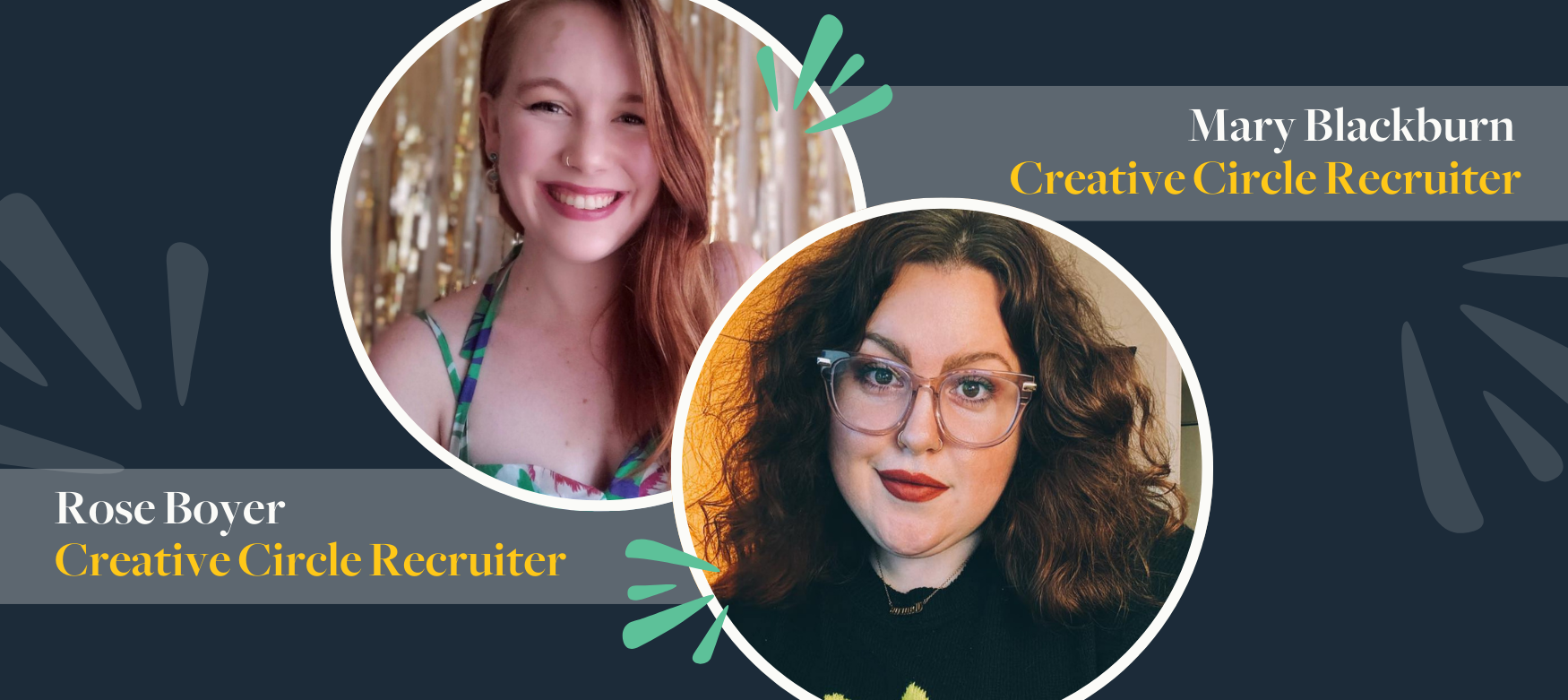Even for those who’ve freelanced for many years and appear successful, the lifestyle can be a constant juggling act. In between the meetings and the work, there’s invoicing, coordinating with vendors … and probably some degree of hustling to keep your clients happy and to find new ones.
If you’re one of the rare freelancers who has a stable full of well-paying, reliable clients who give you recurring and regularly scheduled projects, good for you. But for those who haven’t mastered the business side of freelancing, it can often feel fraught and unpredictable — sometimes to the point of having no idea how much money will come in from one month to the next. That can make it hard to focus on the work and also plan a life and career in the long term.
One way to achieve some financial stability is by having the right mix of clients, in terms of number, industry, and amount of work you do for them. If you’re experiencing dramatic peaks and valleys in your billings, how can you determine what kind of clients to go after?
Diversify your clients and revenue
Ideally, you shouldn’t depend on any one client for more than 50% of your income. Many freelancers have a “whale” client, or that one major company that gives them most of their business. The prospect of making all your money off a single client is appealing. Invoicing is easier, and you don’t have to run all over town to complete your assignments. Whale clients can help make your business easier to manage, and they also provide peace of mind.
While they’re efficient, a whale client can be trouble. In the short term, whales can leave you cash-strapped if you have to wait 60, or even 90, days to get paid for your work, which is typical with many big companies. And what if you’re relying on a single client for the bulk of your income and something happens … like your contact gets promoted and their replacement decides to bring in new vendors, or the business either cuts spending or starts bringing more work in-house? In short, relying on a whale is neither stable nor sustainable. If this sounds like you, it’s time to put your marketing hat on and get out there and sell yourself.
Look to develop relationships, as opposed to doing lots of “one-offs,” since return customers and recurring business leads will keep you more stable. Of course, short-term projects can eventually lead to regular gigs, but managing tons of projects from a dozen companies just isn’t an efficient use of your time.
Be willing and able to grow beyond your niche
Having experience in a highly specific or technical industry that requires specialized knowledge, such as medical/pharmaceutical, technology, financial or gaming, can work in your favor. There’s a smaller pool of competitors, you’ll be able to charge a higher rate than if you were working for more general clients, and often, clients will go out of their way to find you.
The downside to specializing is that shifts in your given industry or specialty can jeopardize your income. This is an extreme example, but look at how newspaper reporters have had to scramble as digital publishing has become a different medium.
At the other end of the spectrum is more general work. These gigs still require a high degree of skill and knowledge, but writing a B2B white paper or designing a catalog doesn’t necessitate niche skills or education. If you take a look at your favorite job board, be it Indeed, Glassdoor, Mediabistro, or even Craigslist, you’ll find dozens and dozens of such jobs. That means more potential clients, but the tradeoff is that there’s a lot of competition because there are so many people who can do them, so businesses can pay less.
The upside to being a generalist is that, if you’re willing to dig for jobs, you have a bigger pool of potential candidates, and you may be able to upsell yourself or get additional work from a client. For example, if you have a gig designing a new menu for a restaurant, you can always suggest designing some signage or even a new logo. This is opposed to, say, doing UX design for a tech company, where you wouldn’t necessarily design their manuals or marketing materials. And if you’re just starting out, taking on a variety of clients can help you focus on what you really enjoy.
Give yourself some next steps
No matter which boat you’re in, you will have to put yourself out there and diversify, especially if you want to achieve the type of stability that enables you to pursue your dream clients and not have to take every assignment that crosses your desk. Besides studying the marketplace for jobs seeking talent like yours, you may have to do some (a lot of) networking, and possibly acquire a few new skills. But that’s a small price to pay for the financial stability to maintain a career and life you love.
Lisa is a Creative Circle candidate and seasoned advertising copywriter who lives in Los Angeles. Her background includes both in-house and agency work on Fortune 500 and global accounts in the consumer and healthcare/pharmaceutical fields. She excels at words, fashion, and cats. If you want to work with Lisa, contact Creative Circle Los Angeles.




